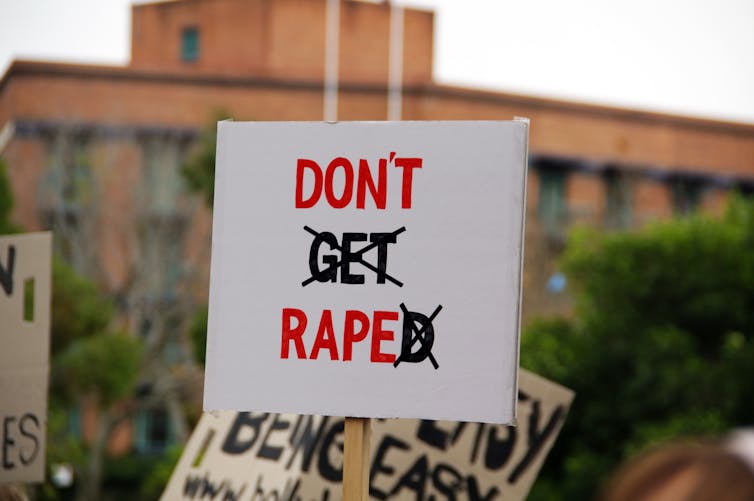Abstract: The book of Esther is hard to place in terms of genre. Some proposed genres include historical narrative, Persian court chronicle, diaspora novel, hero’s tale, romance tale, carnival tale, each of which orients the reader’s focus toward certain elements of the text. Often, the application of these genres obscures the trauma and horror woven throughout the book. The genre of horror focuses on emotions of dread, fear, and tension. Moreover, common elements in the horror genre are fear and shame. In this paper, I argue that there are representations of horror and trauma throughout the book of Esther. Specifically, this paper examines the collective trauma and horror of sexual trafficking experienced by the female collective in the second chapter.
This talk was delivered at the 2018 Religion and Rape Culture Conference. Click here to see more videos.
Ericka Shawndricka Dunbar is native of Jacksonville, Florida. She is a Ph.D. candidate in the Graduate Division of Religion at Drew University in the area of Hebrew Bible (Biblical Studies and Early Christianity). Ericka is currently working on her dissertation titled “Trafficking Hadassah: An Africana Reading of Collective Trauma, Memory and, Identity in the Book of Esther.”
Header Image: “Esther before Ahasuerus” by Artemisia Gentileschi (c. 1628–1635) [via WikiCommons]







































